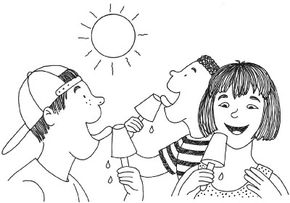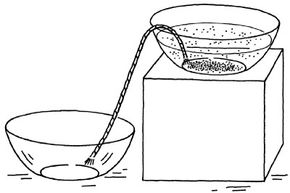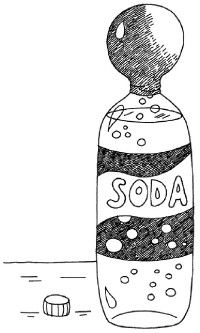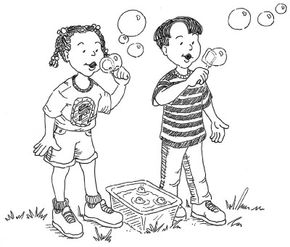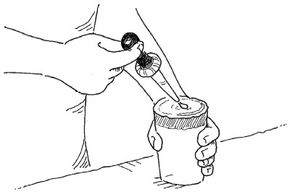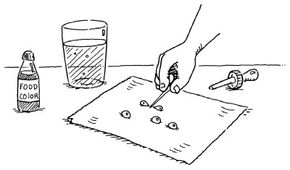Trying to comprehend the science of matter may seem complicated, but Science Projects for Kids: States of Matter makes understanding it easy and interesting. Explore transitions between solid and liquid by making ice pops and rock candy.
See what happens to soda pop gas in a balloon, and make a cloud in a bottle. Learn about the concept of surface tension by blowing soap bubbles, stretching the surface of water, and cutting and connecting water drops.
Advertisement
You'll be surprised at how much you can learn about states of matter with these simple experiments. Gather a few materials from around the house, round up the kids, and have some science fun.
Follow the links below to get started with science projects for kids that explain the states of matter:
One of the easiest ways to understand how states of matter change is to make yummy ice pops.
Enjoy the sweet rewards of this evaporation test.
Create a very simple water purification system.
Before drinking that soda, see what happens when the gas leaves the bottle.
Create your very own piece of the sky with this project.
Have fun blowing bubbles while learning about surface tension.
See how far you can stretch the surface of water.
Try your luck at splicing and reconnecting water.
Go to the next page to explore changes in states of matter -- and make something good to eat.
For more fun science projects for kids, check out:
Advertisement

